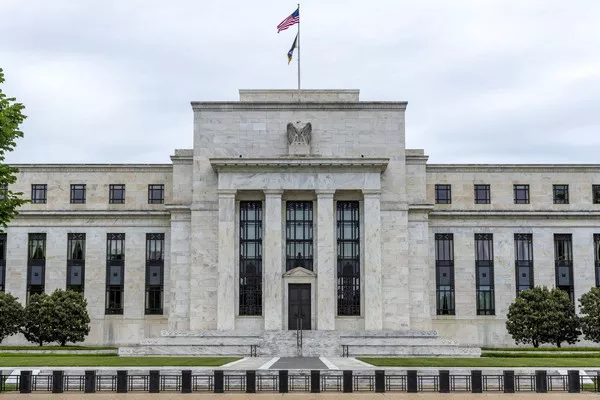Although U.S. stocks retreated on Friday, they were still on track for a weekly gain after the Federal Reserve signaled it expected multiple “precautionary interest rate cuts” over the next year. In the last important trading week of the year, Federal Reserve official Fed Williams signaled his reservations about cutting interest rates, and he clearly expressed reservations about the speed of rate cuts that the market is pricing in.
Chris Waller on Nov. 28 announced ahead of schedule the Federal Reserve’s expected shift toward dovish policy at the December FOMC meeting, a forthright statement that is likely to make many concerned about macro rates People in the field are confused, and his “precautionary interest rate cut” has attracted market attention.
But now the Federal Reserve is facing criticism from some Fed officials who disapprove of the new dot plot and, more intensely, for Jerome Powell’s failure to address what some see as Excessive market rises act as resistance. On Thursday, the market once expected the Federal Reserve to cut interest rates by about 160 basis points in 2024, and firmly believed that the Federal Reserve may cut interest rates in March.
Waller did not come out to clarify that the best way to put the brakes on the market would be to send John Williams, one of the Federal Reserve’s most respected board members, to remind the market that it is not too early to consider a rate cut in March. Too early.
Williams’ appearance on commercial television seemed to be an attempt to regain control of market expectations, which the Fed seemed to be having trouble controlling last week.
No one is misunderstanding what the Fed may do next; perhaps by the time the Fed has raised rates an inch, the market has gone a mile, a phenomenon in which market expectations have a habit of overshooting. But in terms of inflation, only if there is a serious deterioration in inflation will the market reprice that the Fed will stay on hold or enter a path of raising interest rates.
For die-hard “conservatives” who refuse to admit defeat, the idea of the Fed cutting interest rates when core inflation exceeds unemployment in 2024 is considered bad central bank practice. The latest U.S. jobs report, reviewed by Fed officials ahead of this month’s policy meeting, showed the unemployment rate fell to 3.7%. Before the Fed’s decision in December, core inflation was reported at 4%.
To those opposed to the Fed’s interest rate cuts, this scenario seems mismatched with a rate cut, or even a hint of a rate cut. However, it is now almost certain that the Fed will implement multiple interest rate cuts in 2024, even as unemployment remains at historically low levels and economic growth remains strong. Of course, that depends on whether inflation slows further, despite John Williams’ efforts on Friday to dissuade markets from betting on a March Fed rate cut.
However, if the data shows that the unemployment rate is doing well at 4% and PCE inflation is close to target in 2024, then the rate cut plan is a very perfect plan.
The Fed is clearly ready to cut interest rates, even though voices from all sides are speaking in unison, putting forward a variety of views, ranging from rational arguments to unfounded objections, all strongly insisting that the Fed should not cut interest rates.


